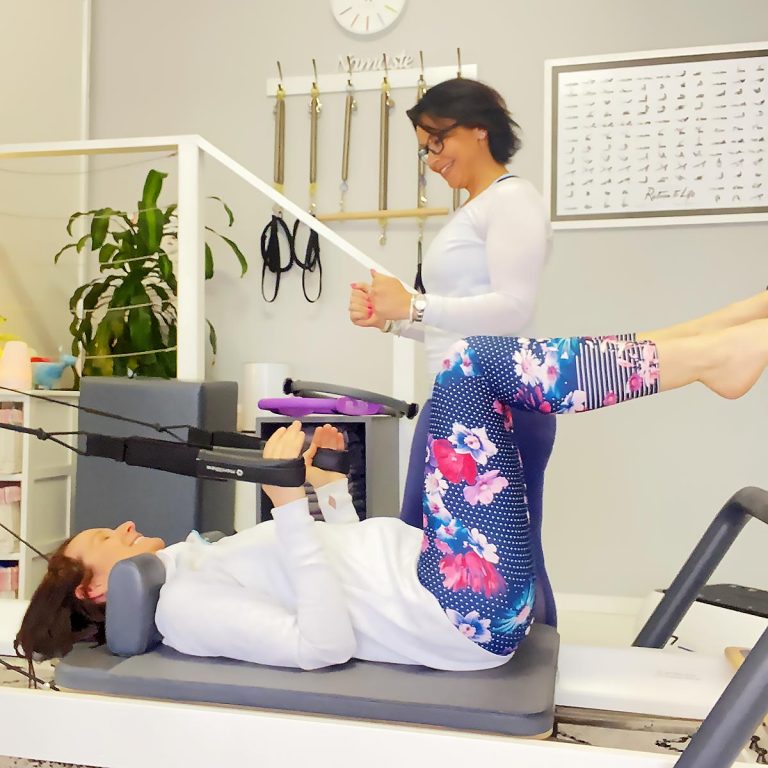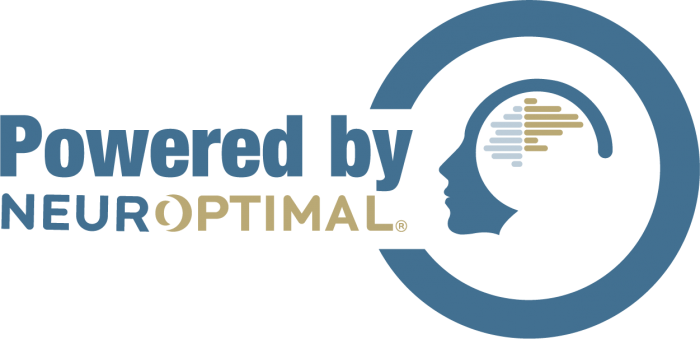What is Pilates?

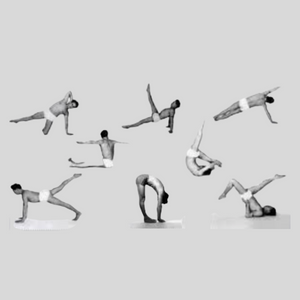

“Contrology develops the body uniformly, corrects wrong postures, restores physical vitality, invigorates the mind, and elevates the spirit.” Joseph Pilates
Pilates aims to strengthen the body in an even way, with particular emphasis on core strength and spine mobility to improve general fitness and wellbeing.
Pilates was developed by German-born Joseph Pilates, who believed mental and physical health were closely connected. His method was influenced by Western forms of exercise such as, Tai Chi, Chi Going, Yoga, as well as gymnastics, boxing and Greco-Roman wrestling. Pilates immigrated to the US in the 1920s and opened a studio in New York, where he taught his method, which he originally called “Contrology” – for many decades.
Why did Joseph Pilates create Pilates?
Pilates came to believe that the “modern” life-style, bad posture, and inefficient breathing lay at the roots of poor health.
So he developed his “corrective system of exercising that revolutionises the entire field of physical education.”
These original exercises can be found in his 2nd book originally published in 1945.
“Return to Life Through Contrology” is essential Pilates reading for all students of the pilates method of conditioning.
Joseph Pilates taught more than exercises he taught holistic health.
In this one small book, Joseph Pilates conveys the breadth and power of the Pilates method. Covering his philosophy and technique, Pilates outlines the effective and enduring approach to whole body health that is one of the fastest growing fitness trends in the world. “Contrology” related to encouraging the use of the mind to control muscles, focusing attention on core postural muscles that help keep the body balanced and provide support for the spine. In particular, Pilates exercises teach awareness of breath and of alignment of the spine, and strengthen the deep torso and abdominal muscles.
“I think Pilates is great, especially when you can do it with a trainer who keeps you on track.”
Cate Blanchett
The various Pilates apparatus/equipment
Joseph Pilates ultimately devised a series of exercises and training techniques, and engineered all the equipment, specifications, and tuning required to teach his methods properly.
While most group class studios may just have reformers, the equipment you would expect to find in a fully operational Pilates studio would include the Pilates reformer, chairs, barrels, arcs, spring towers, and the Cadillac/Trapeze tables.
The Pilates system of pulleys and springs, handles and straps, the apparatus can provide either resistance or additional support, depending on your needs these studios offer one-on-one personalised training which incorporates the entire suite of Pilates devices.
“A few well-designed movements, properly performed in a balanced sequence, are worth hours of doing sloppy calisthenics or forced contortion.”
– Joseph Pilates.
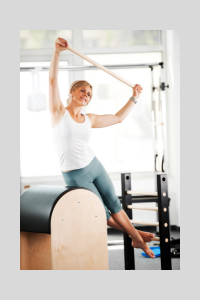

The Pilates Ladder Barrel

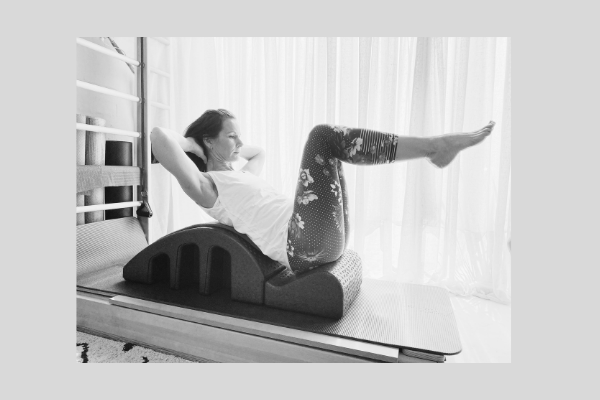
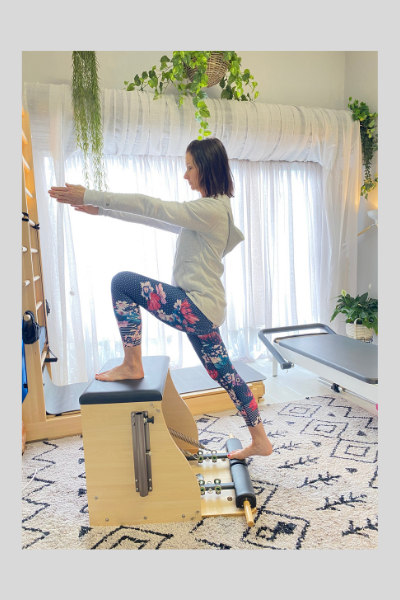
The Wunda Chair
Who is Pilates for?
Pilates is suitable for all ages and levels of ability and fitness.
If you have any health concerns, such as a health condition or an injury, seek advice from a GP or a health professional before starting any exercise programme.
Recommended Further reading – Research on the effects of an 8-week Pilates exercise program on menopausal symptoms and lumbar strength and flexibility in postmenopausal women.
“We retire too early and we die too young. Our prime of life should be in the 70’s and old age should not come until we are almost 100.”
– Joseph Pilates.
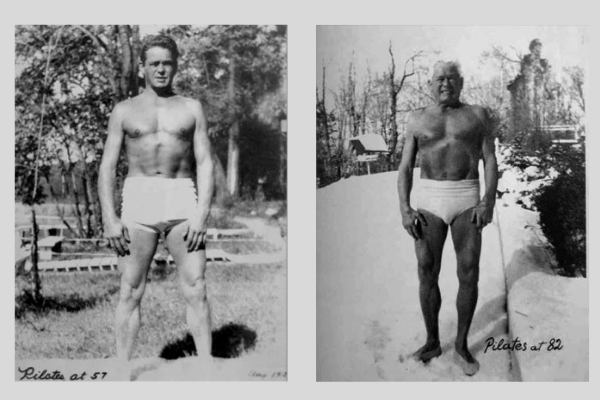
What are the health benefits of pilates?
There are many reports on the health benefits of pilates. However, few of these have been subjected to rigorous scientific examination, and there’s a need for more research in this area.
When practised consistently Pilates has been reported to improve posture, muscle tone, balance and joint mobility, as well as relieve stress and tension.
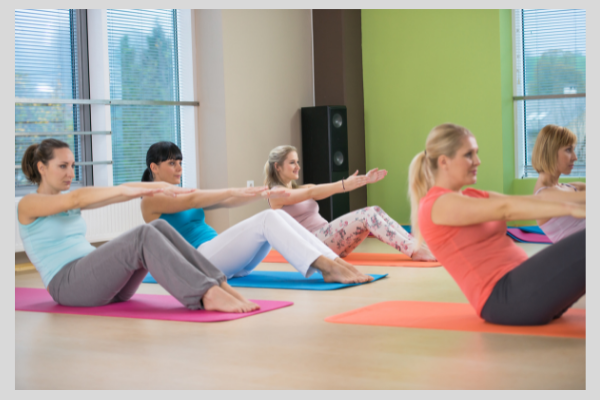
"Physical fitness can neither be achieved by wishful thinking, nor outright purchase."
Can pilates help reduce back pain?
There’s some evidence that pilates can provide pain relief to people with non-specific lower back pain.
For the exercises to be effective, they need to be tailored to the individual and vetted by an experienced, appropriately qualified pilates instructor and/or health professional.
Most pilates teachers are not qualified to diagnose, treat or offer a specific therapy, although many work in conjunction with referrals from other Allied health professionals such as Osteopaths, Chiropractors and Physiotherapists.
"If your spine is inflexibly stiff at 30, you are old. If it is completely flexible at 60, you are young.”
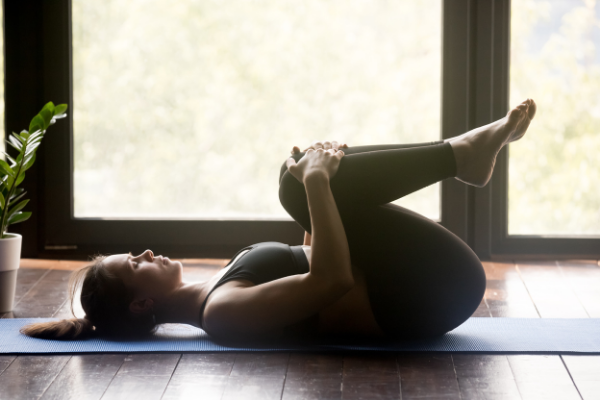
Can I lose weight doing pilates?
“Change happens through movement and movement heals.”
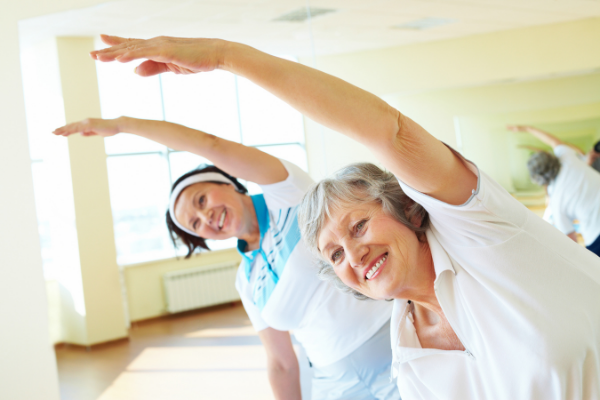
Can I injure myself doing pilates?
Pilates is a low-impact form of exercise, so injuries are uncommon. However, it’s important to find a qualified teacher who offers personalised classes that are suited to your level of fitness and ability.
Please note most fully qualified pilates teachers are not qualified health professionals and vice versa. If you’re recovering from injury, you’re advised to check with a GP or relevant health professional on the suitability of certain exercises or movements before starting a class.
Personal due diligence is always recommended – if it feels unsafe, then it is – always let your instructor know if something doesn’t feel right.
Mindfulness plays a key part in Pilates movement therapy, your body will respond better if you feel safe and supported through out your Pilates session.
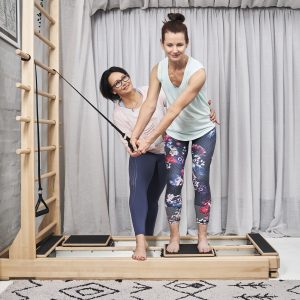
“You can say what Pilates is in three words. Stretch with Strength and Control. And the control part is the most important because that makes you use your mind.”
Romana Kryzanowska
What’s the difference between pilates and yoga?
While the individual methods are very different, pilates uses a fusion of both movements and principles of yoga to develop strength, balance, flexibility, posture and good breathing technique.
Both systems emphasise the connection between physical and mental health, although yoga places more emphasis on relaxation and uses meditation. Pilates is performed both on apparatus and mats to support the individual to transition and progress to being able to perform the plates repertoire with out equipment, whereas classic yoga does not require any equipment.
The Pilates repertoire is quite dynamic, meaning it is performed in a continuous flow of movement rather than static poses associated with yoga.
“The Pilates Method of Body Conditioning is complete coordination of body, mind and spirit.”
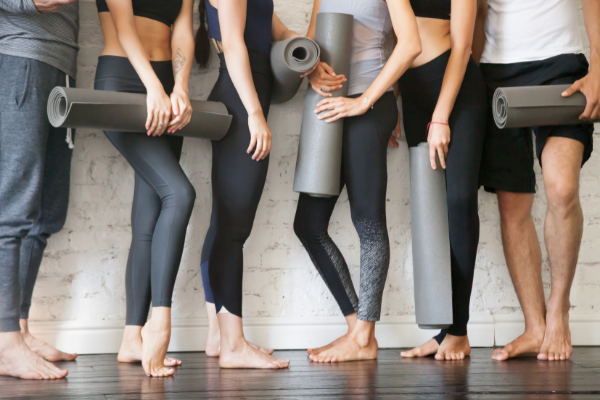
What’s the difference between apparatus and mat work?
Mat work may involve traditional pilates equipment, such as “magic circles” (pilates rings) or hand weights, as well as non-pilates gear, such as stretch bands, gym balls and foam rollers. The smaller Pilates apparatus are used to support the client much like the larger equipment designed by Joseph Pilates, such as the Reformer, Cadillac, Wunda Chair, Spine Corrector and Ladder Barrel.
Mat and apparatus pilates can be adapted to suit different levels of fitness and ability. However, if you cannot lie down on a mat for whatever reason, the apparatus can provide alternative ways to exercise.
Pilates can be taught on a 1-to-1 or group basis. If you have any injuries or health conditions that may require close attention, check with the pilates teacher that their class is suitable. Classes using apparatus usually require a higher level of individual instruction and supervision.
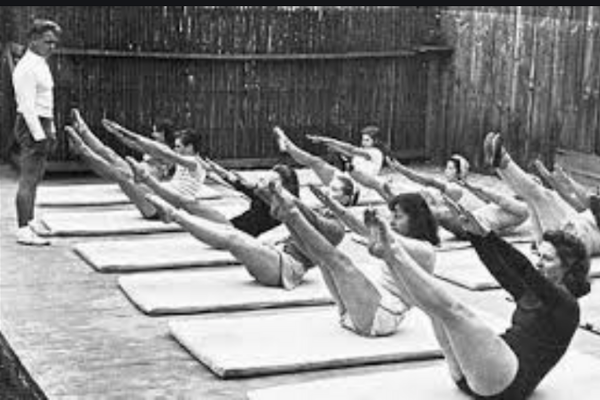
Choosing a pilates class
Pilates can be taught in a dedicated pilates studio with apparatus, or in an open area with mats and small equipment. Both mat and apparatus pilates can be taught privately or in small groups, with most classes lasting 45 minutes to an hour.
Ideally, apparatus classes should be taught on a 1-to-3 basis and around a maximum of 12 for mat work, to ensure personal supervision and instruction can be provided. Some experience in using the apparatus is advisable before joining a group apparatus class.
When choosing a pilates teacher, you should consider their experience and the quality of their training, as well as personality and rapport.
“Change happens through movement and movement heals.”
